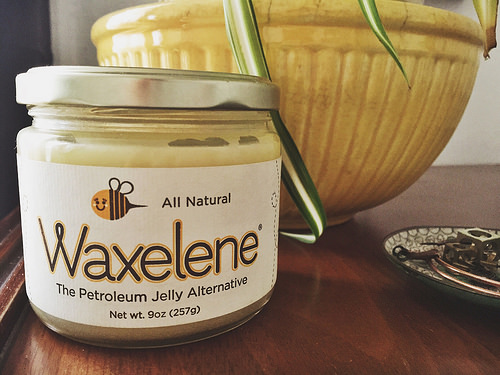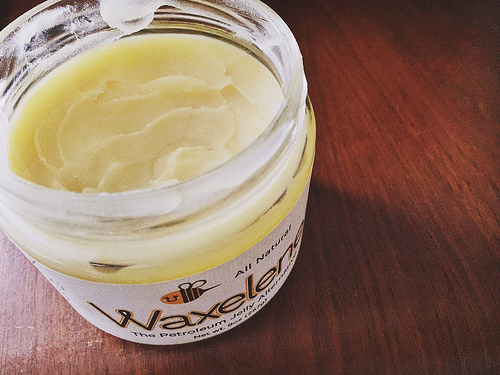By : Amy K
As much as some of us might dislike it, winter is officially here. And the combination of the harsh winter weather with exposed skin during winter riding equals dry, scaly, winter skin. After years of working in the health and body care section at the Wedge, I’ve tried almost every natural weather resistant cream out there on the market. So in order to save you time, money, and the sampling of thousands of testers, my next few posts will be my two cents on the best ways to soothe and protect your skin during the winter riding season.
Best all purpose winter cream: Walexene

This product promotes itself as the natural alternative to petroleum jelly and I have to say that it’s has become my favorite go to cream for almost everything since I found it. It has a very thick texture (almost like whipped butter), smells like honey (there are only four 100% natural ingredients: soybean oil, beeswax, rosemary oil, vitamin E oil), and absorbs completely into the skin within a few minutes (avoiding the greasy feeling some oil based creams leave behind).
I primarily use this for hands, feet, elbows, knees, lips, and cuticles. This cream is great for any area of the body that needs a heavier and more protective layer during the winter months. And while you could absolutely use this on your face, I tend to break out easily so I think the heavy quality of this cream wouldn’t work well for my skin. (Exception: this would be perfect for protecting the sensitive skin around the nostrils that tend to irritate easily when you’re sick and blowing your nose frequently, or get irritated when breathing heavily through a wet scarf.)

The website lists several other possible uses for this petroleum jelly alternative, including: removing make-up, hairline skin protection when dying hair, cradle cap and diaper rash treatment for babies, hair styling aid for unruly flyaway’s and split ends, and many more.
While their list is impressive as is, I’d like to add a few cycling specific uses:
They state that you can use this as a weather protector for leather work-boots or baseball gloves, so I figure why not also use it to condition and protect leather saddles? I don’t have a Brooks saddle (insert wishful thinking here), so I haven’t tried out this theory yet, but I have used Waxalene on my beloved Frye harness boots and it worked great.
They also state that you can use Waxalene to prevent wet-suit rash by applying it to your neck and other tight spots. They write that the product won’t deteriorate wetsuits like petroleum products do. While wetsuits are made of neoprene and chamois are usually made of synthetic foam, this still got me thinking that maybe I could use it as a chamois cream. However, I’m somewhat skeptical. Someone once told me to discontinue using coconut oil as chamois cream because the oil will speed up the deterioration of the chamois over time. But since I found the Waxalene, I’ve done a bit of research and haven’t found any sources stating to specifically avoid oil based products on chamois. I even found a few other natural oil based chamois creams including, Booty Balm, so I’m tempted to try the Waxalene the next time I need a chamois cream. If not directly on the chamois, I think this cream would at least be great to prevent any inner thigh chaffing that occurs when riding in everyday clothes.
If any of you have insight into the oil based vs petroleum based chamois cream discussion I’d love to hear your thoughts.
So that’s my two cents, my love letter if you will, to my favorite all purpose winter skin protectant: Waxelene. But you might be wondering: What about the sensitive skin on my face? That’s the only part of me that deals with weather exposure when I’m riding! I promise I have more thoughts on that topic too, but that will have to wait until a later date… (read Saving Winter Skin pt 2! Saving Face!)
